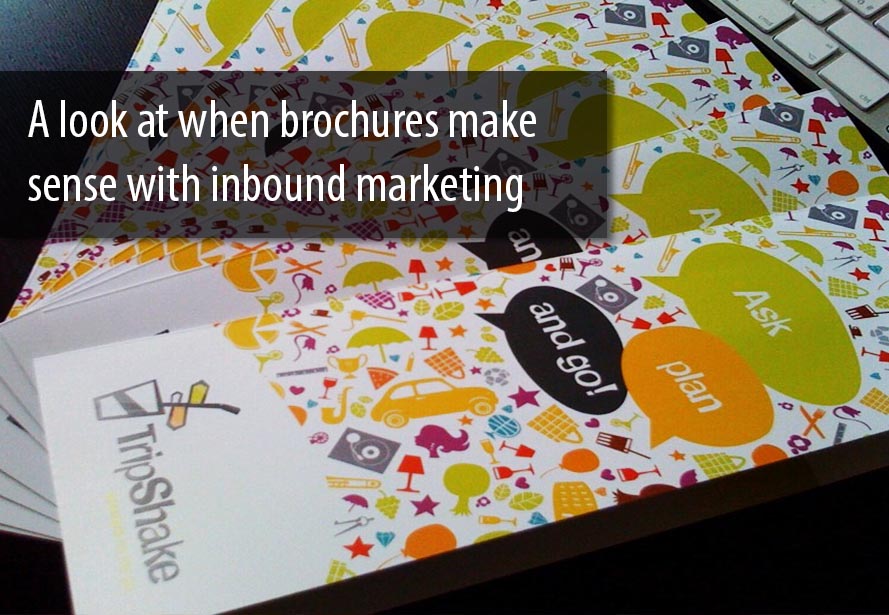
Tools and best practices to transform your customers into raving promoters.
So far in this series, we've covered the first three stages of the inbound marketing methodology. Here's a quick summary of what they are.
Attract potential customers to you through search-optimized blog posts that target your audience's pain points, needs, and concerns.
Convert these visitors into leads using forms, calls to action, and landing pages to capture their contact information
Close your leads into customers by nurturing them through the buyer’s journey with tailored messaging
There's just one stage left: delight. This post will show you how to delight your customers so much that they'll become raving promoters of your brand.
The Delight Stage of the Inbound Methodology
So you've made your sale. Awesome! Your hard work is paying off, but that doesn’t mean your job is over.
Your next goal is to build customer loyalty so that your customer will want to keep buying from you in the future.
This is important because statistics show that 20% of new sales come from repeat customers. And getting someone to buy from you a second time is five times cheaper than attracting a new customer.
And as an added bonus, happy customers will be more likely to promote your company to their friends and contacts, which will help your business grow.
Three tools in the delight stage will help you engage your customers and keep them coming back for more: follow-up emails, smart content, and surveys.
Follow-Up Emails
In your follow up emails to your customer, you use many of the same principles that you mastered in the attract phase.
You’re still creating and promoting great content - but now you have an advantage. You already have your customer’s contact information, and you are clued into what they’re looking for.
Knowing what they’ve bought will help you anticipate what they’ll want in the future. This will help you anticipate their needs and provide timely, relevant recommendations.
If your emails are engaging and tailored to their needs, your customers will begin to value your company for solving their ongoing problems.
HubSpot’s Smart Content
HubSpot offers the great option to personalize emails or content on your site. That way, if a visitor has already filled out a contact form, they will see different content than a complete stranger.
So if your prospect has already filled out a Smart Form on your site, you can program to show different questions the second time they see it.
The same is true of Smart CTAs. If your prospect is already downloaded one offer, you can program the CTA show a different offer the next time around.
To use it, you just have to click “Make Smart” when you're creating a new email, landing page, web page, or form. Then you can create your smart rules that will determine what content is shown.
Our post "HubSpot Hack: The Smart Content 'Secret Menu'” gives you the insider scoop on all the ways you can leverage smart content to your advantage.
Surveys
One great way to find out what your customers want is to ask them. With a survey that is succinct and to the point, you can tap into the mindset of your buyers and use that data to guide your future marketing efforts.
And a little incentivizing never hurts when you’re asking people for their opinions.
Best Practices of the Delight Stage
Give it as much effort as the other three stages. Just because your customer has already made a purchase doesn't mean you can forget about her. Make it your priority to continue engaging your customer, finding out her needs, and meeting them.
Don't Be Annoying. Nothing is a bigger turnoff than feeling stalked by a marketer. Your customers have given you their contact information, but that doesn't mean you’re allowed to annoy or pester them. If you do, there's a big old “unsubscribe” button waiting to be clicked
Conclusion: It’s All About the Customer
Every phase of this marketing methodology comes back to what your customer wants.
- You attract them by creating content optimized around their pain points.
- You convert them into leads by giving them something of value to them in exchange for their contact information.
- You close them into customers by listening to them and targeting your marketing and sales messages to meet their needs.
- You delight them by following up with more relevant and timely information that will help them in the future.
The more you think about who your customers are and what they want, the more effective your inbound marketing will be. The inbound methodology gives you the tools and strategies you need to launch a successful inbound campaign for your company.
Editor's Note: This post was originally published in September 2015 and has been updated for accuracy and comprehensiveness.
Image by Montecruz Foto via Flickr, licensed under CC BY-SA 2.0.
Share this
You May Also Like
These Related Stories

Who Is Still Using Marketing Brochures?

14 things you can do with HubSpot Integrations to improve productivity


/Accreditations/CRM-Implementation-Accredited-Badges.png?width=170&height=138&name=CRM-Implementation-Accredited-Badges.png)
/Accreditations/Onboarding-Accredited-Badges.png?width=170&height=137&name=Onboarding-Accredited-Badges.png)
/Accreditations/Custom-Integration-Accredited-Badges.png?width=170&height=137&name=Custom-Integration-Accredited-Badges.png)

